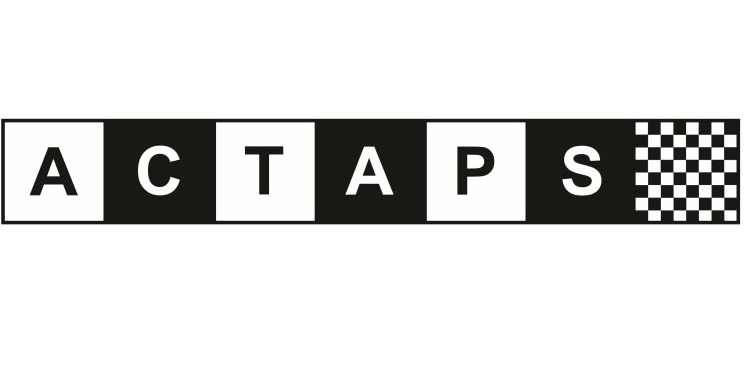Taking Someone On
A short guide for first time employers
Over the last 5 years or so many businesses have closed or drastically reduced the size of their work force. This has quite often meant that people have found themselves being made redundant but with a substantial redundancy package. People in such a position can be vulnerable because they often have little experience in business on their own account and have perhaps been tempted or even encouraged to go into ventures of which they have little knowledge or experience and which end in disaster. Those tempted to go into the Pub trade come to mind when their hard earned redundancy package is put into a business which is simply not viable. Viability apart, for all new businesses whether viable or not, there comes the time when consideration has to be given to the employment of staff. Some employers, as mentioned above, will often be first timers and so here are a few pointers as to what needs to be done.
Firstly, every employer no matter how many people they employ has to pay the National Minimum Wage. The amount of this depends on the workers age and if they are an apprentice. The wage rate is usually uprated annually and the current figures are publicly available. It is a criminal offence not to pay the National Minimum Wage which can be checked easily by employees. At the beginning of any work relationship, a new employee’s status must be made clear. Is the employee truly an employee or is he/she someone who is engaged as an outside contractor or self employed or simply an office holder? The status of an employee is quite fundamental and if you are in any doubt, then you should seek specialist advice. It is quite often the case that the status of any particular individual will be decided on the particular facts of their case.
If you are taking on a new employee, you should ensure they have the right to work in the United Kingdom. You will need to check their documentation and if put to proof by the relevant Government department, you will have to demonstrate that you have carried out all appropriate checks. If you do not do so, you can be prosecuted for employing a worker who turns out to be an illegal worker, in other words not entitled to work in the United Kingdom. You should therefore check documents that are not expired, that photographs in documents look like the employee, that the employee’s date of birth on any given document is consistent with their appearance and quite importantly, that any visa they have allows them to work and covers the type of work they will be doing. This might include a limit on the number of hours they can work. If two documents have different names on them, you should ensure there is a good reason for this, for instance marriage or divorce. Once you have checked the documents, it is a good idea to make a photocopy of them so that you have a permanent record that cannot be altered. All of this is to protect you as the new employer. Documents should be kept for 2 years after the person concerned, ceases to work for you. In collecting and storing all of this information, you must also ensure you comply with Data Protection Rules.
For some jobs, an employee will need to provide what used to be called a Criminal Records Check. The Criminal Records Bureau no longer exists and has been renamed the Disclosure and Barring Service (DBS). A DBS check may be needed for certain jobs or voluntary work for instance working with children or in health care or with vulnerable people. Normally, employers are not allowed to ask job applicants about what are called spent convictions but for a job that needs a DBS check this Rule does not apply. As an employer, you will have to give the job applicant, a form to fill in and return to you together with documents proving your identity.
It is a legal requirement that all employers take out employers’ liability insurance with cover of at least £5,000,000.00 from an authorised insurer. Details of authorised insurers can be found online. Furthermore, all employers have to inform HM Revenue & Customs that they have set up a business. There is a formal registration process and this can be undertaken up to 4 weeks before new staff are paid.
As if all of this is not enough, all employees have to be provided with a written Statement of Employment which sets out minimum basic terms such as their place of work, hours of work, rate of pay, etc. and this has to be done within 2 months of commencement of their employment.
Employers also have to create and record a Health and Safety Policy if 5 or more staff are employed and all staff have to be given a written pay statement (commonly known as a pay slip) showing how much they have been paid and what deductions have been made from their pay for things like tax, National Insurance and Student Loan repayments. The written pay statement has to be given at each pay interval which is usually weekly or monthly.
Finally, and only recently, there is now an obligation on employers to enrol staff in a work place pension scheme. Presently, this only applies to workers who are aged between 22 and the State Pension age and who earn at least £9,440.00 per year and who work in the United Kingdom.
If all of this does not put you off, then best wishes with your new venture. Employment law can be complicated and taxing for employers but if you get it right and if you can demonstrate you have got it right, then you should not fear the outcome of a dreaded claim to an Employment Tribunal. If in doubt you will find that it pays to take specialist advice before problems arise. Many employers find that to be a far more economic option than having to take advice when something has gone wrong.
Related Articles
Recommended By The Legal 500 Directory*
*We are recommended for the following practice areas: Corporate and Commercial, Debt Recovery, Employment, Personal Injury: Claimant, Agriculture and Estates, Contentious Trusts and Probate, Family, Personal Tax, Trusts and Probate & Commercial Property.
ServicesContact
















